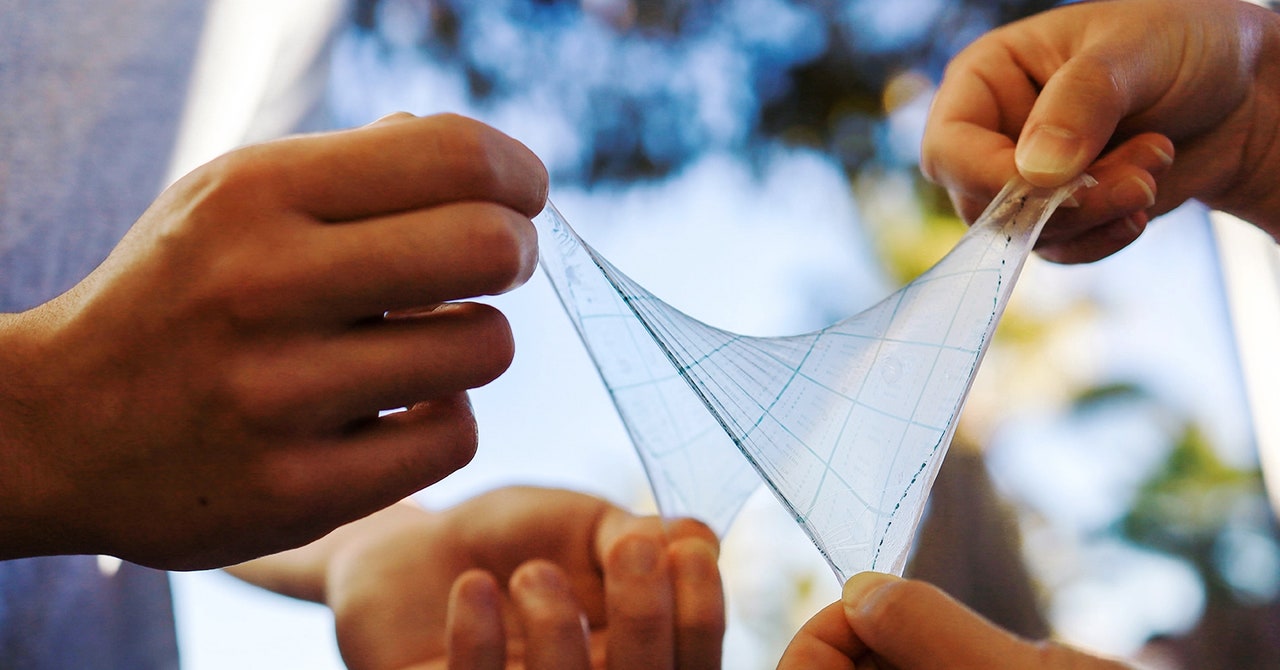The skin is the largest organ in our body, and also the most complex. Peer at it under a microscope and you’ll see thousands of nerve endings that keep the brain connected to the outside world and allow us to feel touch, pressure, and pain. But when Zhenan Bao looks at it, she sees something else.
Content
This content can also be viewed on the site it originates from.
For Bao, a chemical engineer focused on making polymers, the skin is not only a sensory organ, but also a material. One that, in her words, is flexible, but also stretchable, self-healing, and biodegradable. Bao works in the emerging field of electronic skin and has made it her mission to recreate the many functions of human skin for use in prosthetics and robotics. For people who wear artificial limbs, a sense of touch would immeasurably improve their quality of life—enabling them to distinguish soft from hard and to notice the dangerously sharp or the scaldingly hot before they can do any damage.
When Bao joined Stanford University in 2004, few researchers were working on flexible sensors that could be wrapped around an artificial hand to mimic the sense of touch, and Bao’s previous experience with flexible displays would prove useful. By 2010, Bao and her colleagues had developed a flexible sensor so sensitive that it could detect the touch of an alighting butterfly.
“Our current electronics are very rigid, brittle, and bulky,” says Bao. “But if we can make them all like skin, then that can potentially completely change how humans interact and interface with electronics.” Our skin, which forms a natural protective barrier against the environment, could also serve as an interface between humans and devices.
In addition to robotics and prostheses, Bao sees potential applications for electronic skin, or e-skin, in the field of wearables. Imagine a device that is worn on the body like a second skin and uses sensors to accurately measure blood pressure, temperature, or glucose and oxygen levels in real time. “There is a lot of interest for wearables that go beyond just measuring how many steps we walk each day or the heart rate,” says Bao.
One invention coming out of Bao’s research lab at Stanford could be manufactured and clinically tested in the next few years. The Silicon Valley startup PyrAmes, which Bao cofounded, is developing a soft band that wraps around a wrist or foot and could be used to monitor the blood pressure of premature babies in intensive care units. It is designed to record blood flow continuously like an arterial line typically does, without the need for needles that carry the risk of infection, tissue, and nerve damage. The band is then wirelessly paired with a tablet to monitor blood pressure changes in real time.



